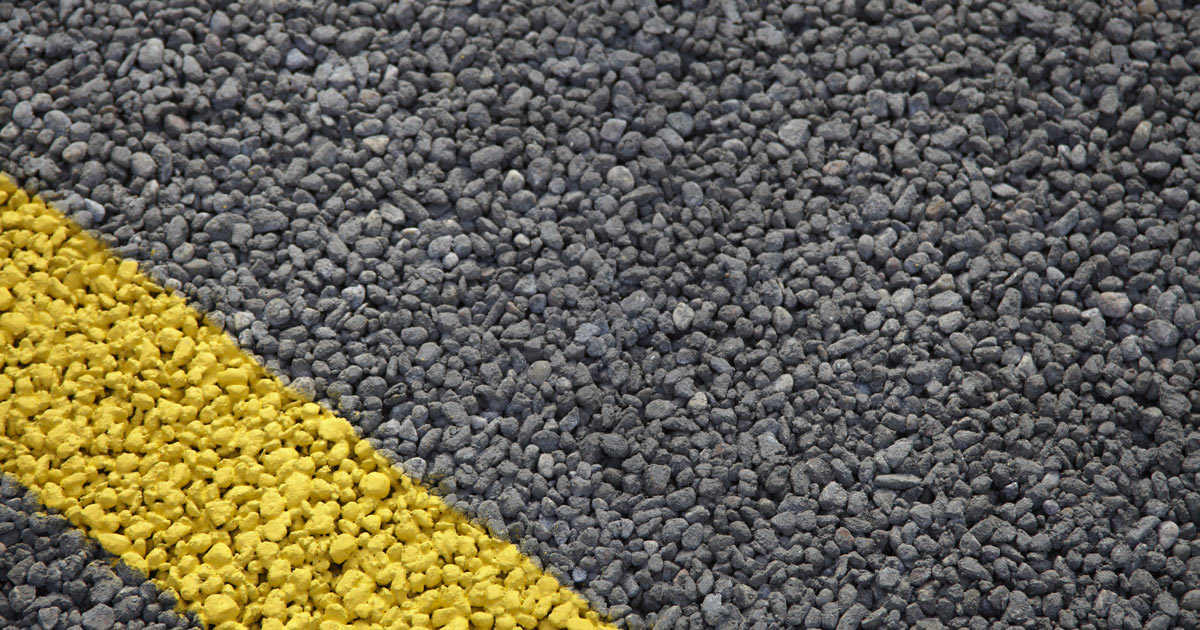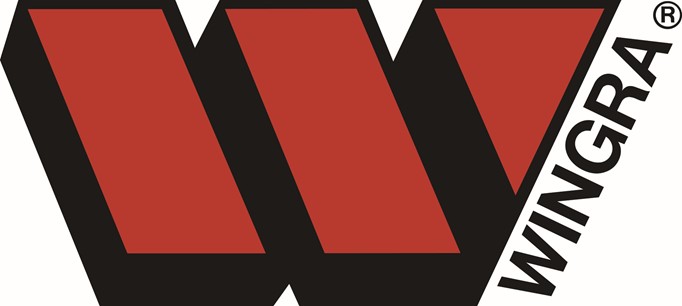Pervious
Pervious concrete is made from carefully controlled amounts of water and cementitious materials used to create a paste that forms a thick coating around aggregate particles. Unlike conventional concrete, the mixture contains little or no sand, creating a substantial void in content – between 15% to 25%.
Using sufficient paste to coat and bind the aggregate particles together creates a system of highly permeable, interconnected voids which drain quickly. Both the low mortar content and the high porosity reduce strength compared to conventional concrete, but sufficient strength is readily achieved for many applications.
Pervious pavement integrates hardscape surfaces with storm water management, allows 3 to 8 gallons of water per minute to pass through each square foot of the material. By allowing rainwater to seep into the ground, pervious concrete can be instrumental in recharging groundwater and reducing storm water runoff. This capability can reduce the need for retention ponds and other storm water management devices.
Applications for pervious concrete include:
• Hardscape
• Low-volume pavements
• Residential roads, alleys, and driveways
• Low-water crossings
• Parking lots
• Sidewalks and pathways
• Patios
• Tennis courts
• Swimming pool decks
• Pavement edge drains
• Floors
• Foundations/floors for greenhouses
• Fish hatcheries
• Aquatic amusement centers and zoos
• Slope stabilization
• Artificial reefs; and
• Subbase for conventional concrete pavements
Use of pervious concrete is a Best Management Practice (BMP) recommended by the EPA and other agencies for the management of storm water runoff. By eliminating the need for retention ponds, swales, and other storm water devices, pervious concrete can lower overall project costs on a first-cost basis, and makes more efficient use of the land.





